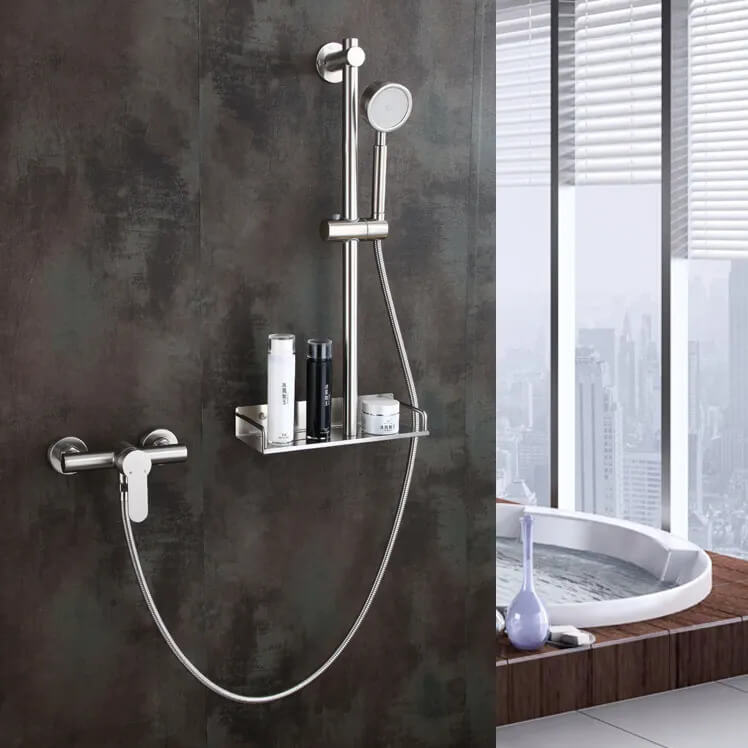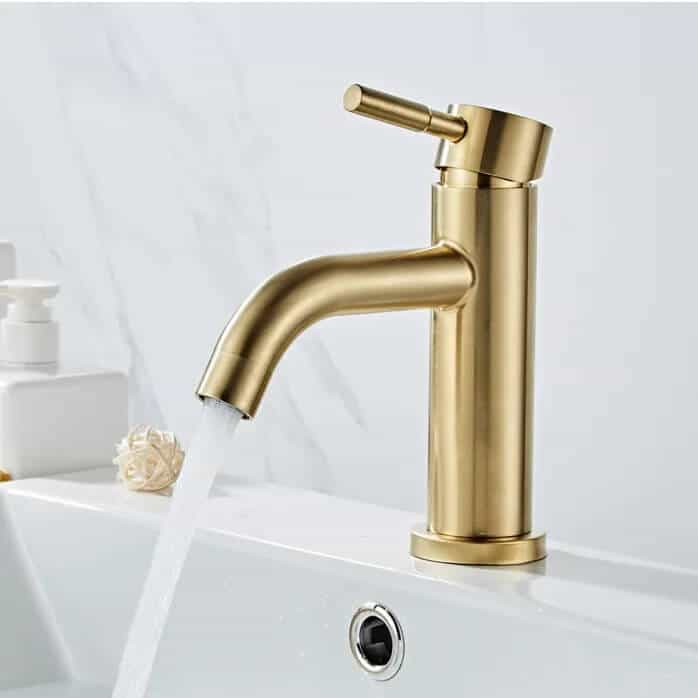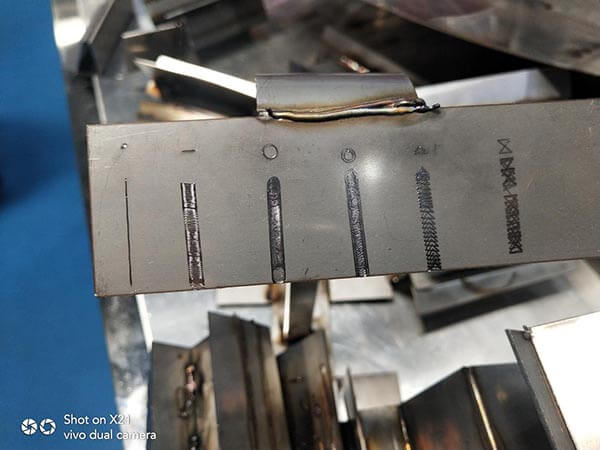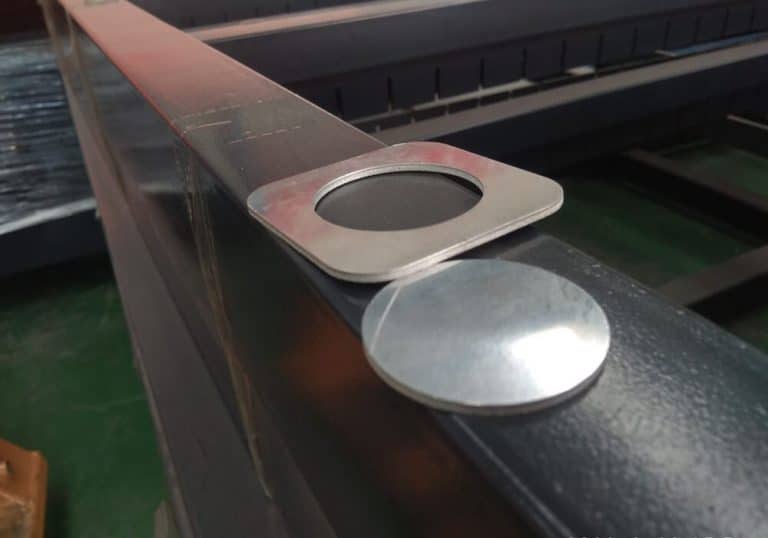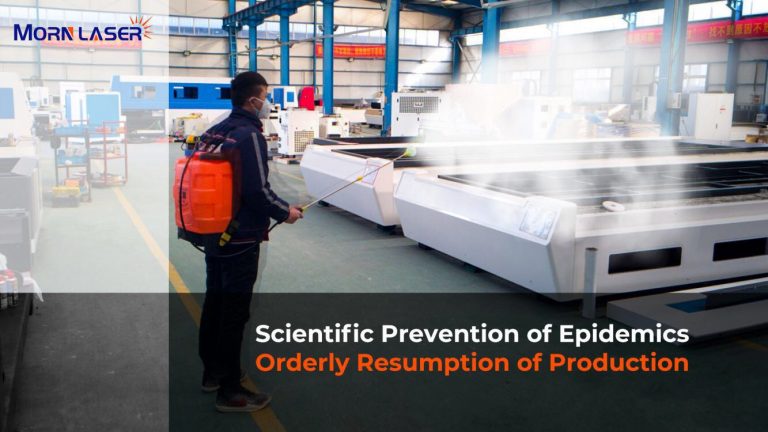Laser welding is one of the most common applications in the sanitary ware industry. It not only meets the production needs of modern sanitary products, but also is the key to obtain beautiful welding surface effects, improve production efficiency and reduce production costs.
Table of Contents
Principle of laser welding
Laser welding is the use of high energy density laser beam to melt materials, which has the advantages of fast welding speed, high strength, narrow welding seam, and high flexibility. It not only weld common carbon steel and stainless steel, but also weld materials that are difficult to weld by traditional welding, such as aluminum and copper.
Laser welding solves problems encountered in stainless steel sanitary products
Modern stainless steel sanitary ware manufacturing becomes increasingly demanding on welding strength and appearance effects, especially components with high added value and extremely high welding quality requirements. It’s better that they can be completed without or with minimal subsequent processing. However, traditional welding methods will inevitably cause problems such as distortion of the workpiece due to the extreme heat input. In order to compensate for the problem of workpiece deformation, a large number of follow-up processing methods are required, thereby increasing costs.
In addition, due to the fast welding speed and large welding aspect ratio, welding efficiency and stability can be greatly improved. Therefore, laser welding becomes more and more popular in the manufacturing of sanitary ware, stainless steel, glasses, mobile power and other industries. Due to the extremely low heat input during laser welding, the amount of deformation after welding is very small, and a very beautiful welding surface effect can be obtained, with few subsequent welding treatments, which can greatly reduce or eliminate the labor cost of the huge polishing and leveling process. Laser welding is carried out in a closed safety shield and equipped with an automatic dust extraction device. While ensuring the health and safety of employees, it can also maintain a clean and tidy working environment in the workshop.
The laser welding machine can handle the welding of tee pipes or shower heads. The heat-affected zone is small, and there is no problem of workpiece deformation. The welding surface is smooth and uniform. High-quality welding can reduce the follow-up workload, thereby reducing production costs and improving production efficiency.
Laser welding processpursues excellence, not only brings people a high-quality bathroom experience, but also spiritual enjoyment.
Recommended laser welding equipment
Continuous laser welding machine
Features
- The welding head structure frame can be selected freely, which fully meets the customer’s cost and site difference requirements;
- The fixture can be customized, separable, and graftable, and can be quickly connected to the customer’s production line;
- Using industrial computer as human-computer interaction, simple and reliable operation, easy to control;
- Swing head welding: through the angular deflection of the lens, a variety of different types of light paths can be realized;
- Equipment operating cost is low, consumables are few, daily maintenance is simple, and the cost of shutdown and debugging is reduced;
- Compared with parts that are difficult to access by traditional welding, non-contact long-distance welding can be implemented;
- Applicable to a wide range of welding materials: stainless steel, carbon steel, galvanized sheet, brass, aluminum alloy sheet and other metals.
Product description
This special welding machine is a laser welding equipment for professional application of traditional hardware, new energy and other industries. It has the advantages of high peak power, good beam quality, thin spot and flexible installation. The laser beam can realize different spot shapes, can process irregular spots at the same time, meet various high-demand welding effects such as hybrid welding, and realize precise and efficient welding.
Applicable materials
Welding of aluminum, iron, stainless steel, copper and other metal sheets of the same material and mixed materials.
